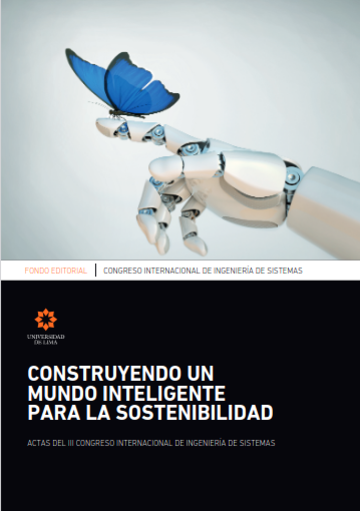A Model Based on Statistical Machine Learning for Determining Factors that Influence the Performance of Relational Database Management Systems
DOI:
https://doi.org/10.26439/ciis2020.5511Keywords:
SQL, relational database management system, principal component analysis, canonical correlation analysis, statistical machine learning algorithm, performance of SQL statements executions, performance managementAbstract
Business processes supporting their operations with applications that interact with relational database management systems (RDBMS) may increase their productivity through the identification of factors that affect the performance of SQL statement execu tions of any given workload, especially workloads generated by applications implemented in production environments which recur over time. This paper proposes a model to identify factors that affect the performance of SQL statement executions processed in RDBMS, using statistical machine learning algorithms (principal component analysis and canonical correla tion analysis) that exploit the information of the plans, statistics and metrics generated during the life cycle of SQL statement executions.
Downloads
References
Badrinath Krishna, V., Weaver G.A., y Sanders W. H. (2015). PCA-Based Method for Detecting Integrity Attacks on Advanced Metering Infrastructure. En J. Campos y B. Haverkort (Eds.), Quantitative Evaluation of Systems. 12th International Conference, QEST 2015, Proceedings (pp. 70-85). Springer.
Bontempi G., y Kruijtzer W. (2002). A Data Analysis Method for Software Performance Prediction. En Proceedings of the Design, automation and test in Europe (DATE 02) (pp. 971-976). IEEE.
Brauckhoff, D., Salamatian, K., y May, M. (2009). Applying PCA for Traffic Anomaly Detection: Problems and Solutions. En Proceedings of IEEE INFOCOMM 2009.
De, P., Sinha, A. P., y Vessey, I. (2001). An Empirical Investigation of Factors Influencing Object-Oriented Database Querying. Information Technolog y and Management, 2(1), 71-93.
Fortier P. J., y Michel H. E. (2003). Computer Systems Performance Evaluation and Prediction. Digital Press.
Ganapathi, A. S., Kuno, H. A., y Dayal, U. (2015). U. S. Patent No. 9,189,523. U.S. Patent and Trademark Office.
Giusto P., Martin G., Harcourt E. (2001). Reliable Estimation of Execution Time of Embedded Software. Proceedings of the DATE 200 on Design, Automationand Test in Europe (pp. 580-589). IEEE.
Kleinrock, L. (1976). Queuing Systems, Volume II: Computer Applications. John Wiley & Sons.
Mikolajczyk, K., Schmid, C.,(2005). A performance evaluation of local descriptors. IEEE Transactions of Pattern Analysis and Machine Intelligence, 27(10), 1615-1630.
Schkolnick, M., y Tiberio, P. (1985). Estimating the cost of updates in a relational database. ACM Transactions on Database Systems (TODS), 10(2), 163-179.
Shawe-Taylor, J. (2004). Kernel Methods for Pattern Analysis. Cambridge University Press.
Smith, C. U., y Williams, L. G. (2002). Performance and Scalability of Distributed Software Architectures: An SPE Approach. Scalable Computing: Practice and Experience, 3(4).
Zhang L., Liu F., y Zeng Z. (2018). Combining Link and Content Correlation Learning for Cross-Modal Retrieval in Social Multimedia. En Q. Zu y B. Hu (Eds.), Human Centered Computing. HCC 2017. Lecture Notes in Computer Science, 10745. Springer, Cham.


